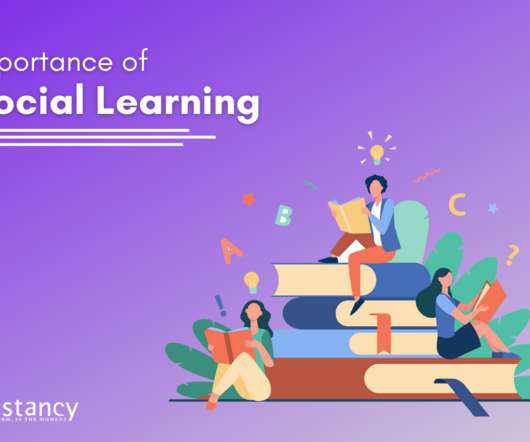The Return of the (Digital) Native | Social Learning Blog
Dashe & Thomson
MARCH 25, 2011
Social Learning Blog Training and Performance Improvement in the Real World Home About Bios Subscribe to RSS The Return of the (Digital) Native by Jim on March 25, 2011 in mobile learning In recent years, we’ve all heard a lot about digital natives. The result is a lost message, and a lost opportunity. Properly d.





























Let's personalize your content